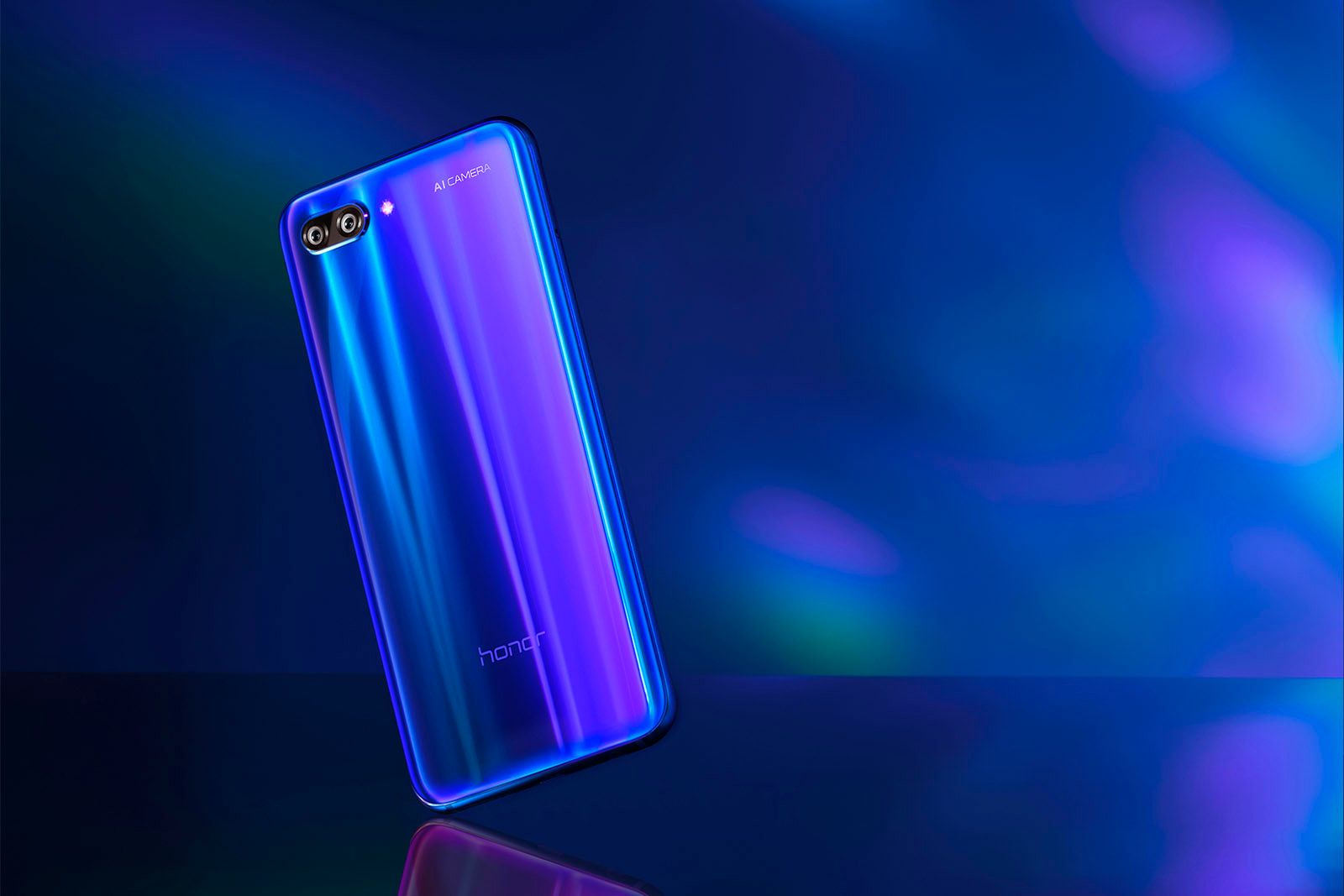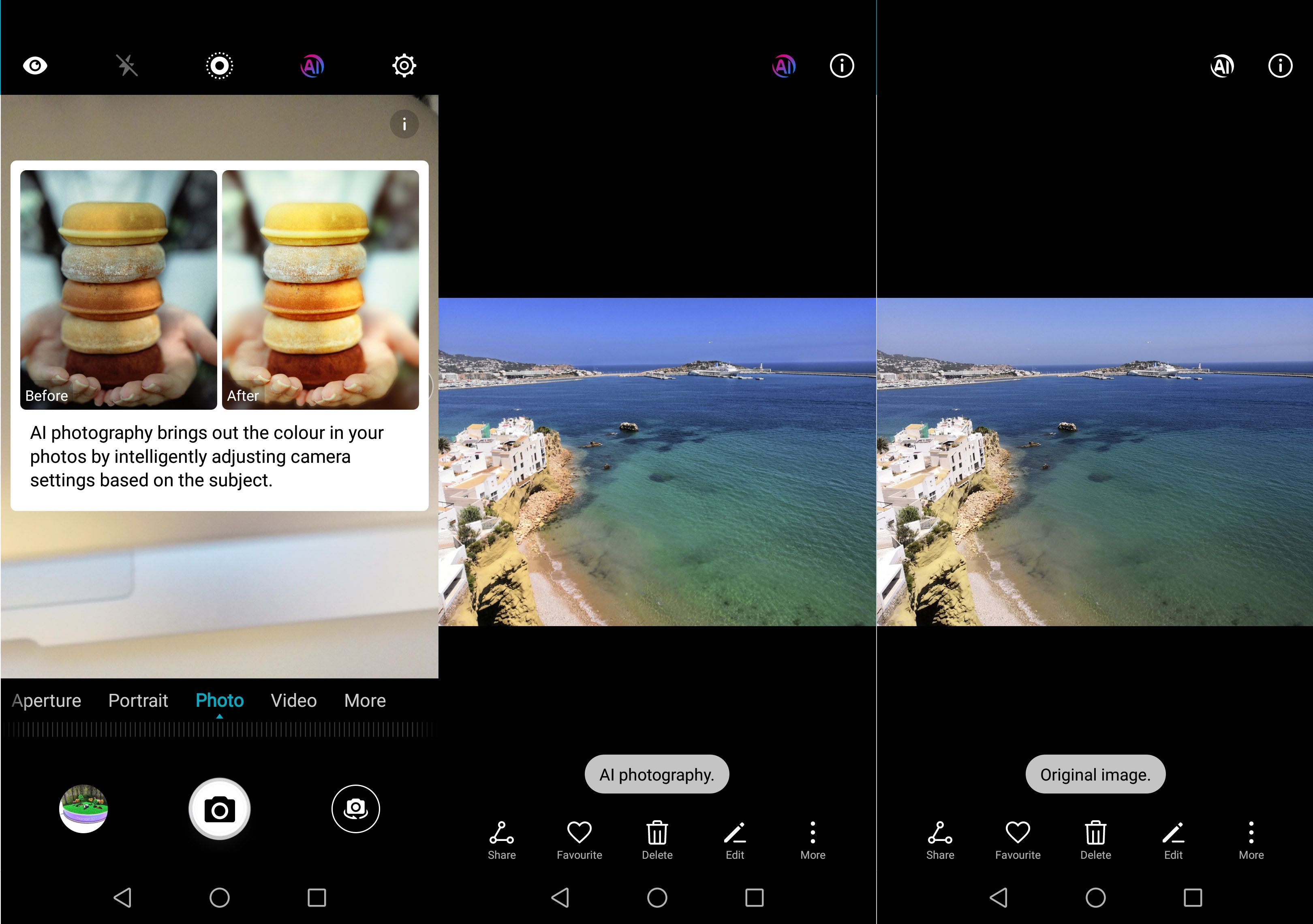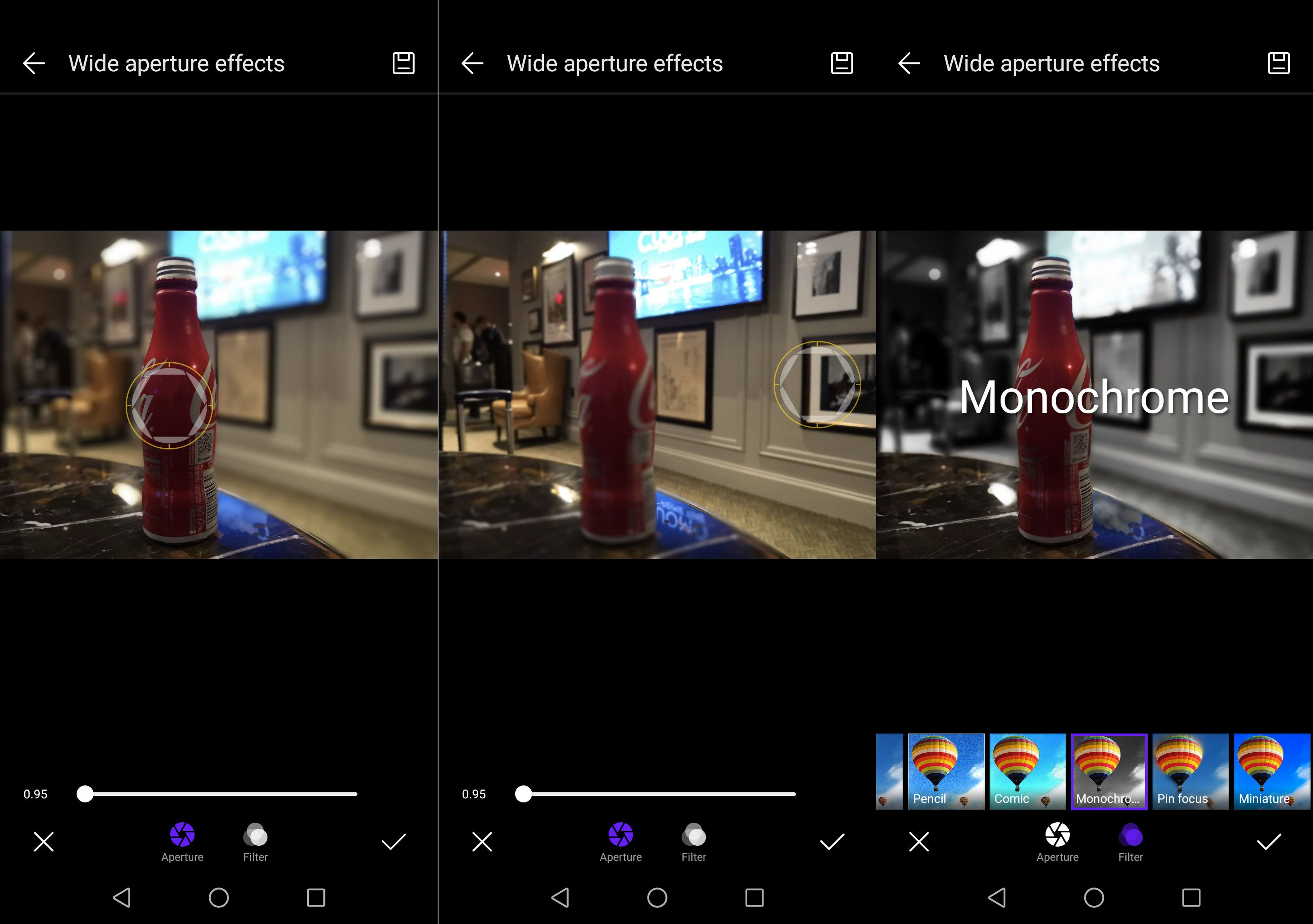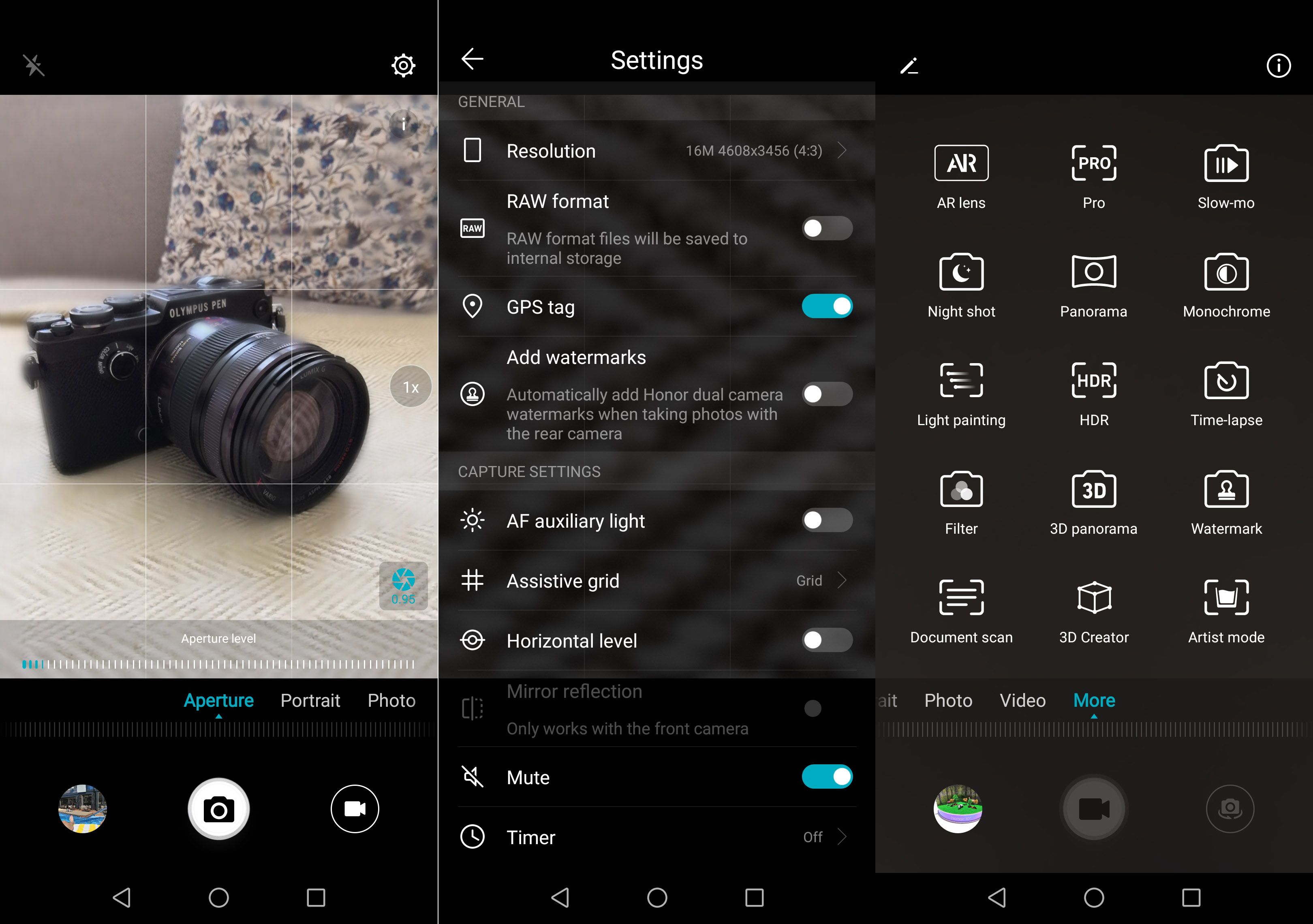The Honor 10 is the thinking person's phone; the ultimate mix of affordability without compromising design or features. Available in a stunning Phantom Blue two-tone reflective finish, its beauty isn't just skin deep: for this phone's AI Camera means it can, in essence, think for itself when it comes to photography.
This push forward in artificial intelligence - which is supported by the phone's Kirin 970 processor with Neural Processing Unit (NPU) - means the Honor 10 can auto-identify scene types, adjust its settings accordingly, then make dynamic exposure and colour adjustments as applicable for the best-looking images possible.
The Honor 10 also features dual cameras: there's a black-and-white one for capturing the ultimate in monochrome clarity, paired with a colour one for more traditional shooting. Intelligence comes to the fore again here, however, as the colour can be mapped over the better detail of the mono capture for the utmost in quality at 24 megapixels, while Portrait and Aperture modes use depth data for pro-looking blurred background shots.
Combined, the Honor 10 packs in stacks of features that make it the best mid-price phone camera. Here we break-down some of its top features and how they work.
AI Camera
- Machine learning for auto scene recognition
- Brings out best colour by intelligently adjusting settings based on the subject
The Honor 10's premier feature is clearly marked by the "AI Camera" white text that's printed upon its rear. The real beauty of this artificial intelligence camera is that it takes on the hard work, so you don't have to. If you're not a pro when it comes to pictures, then this can help immensely by ensuring the best exposure, colour, saturation, dynamic range and contrast.
The system can function thanks to the top-end flagship chipset at the heart of the Honor 10. It features a Neural Processing Unit (NPU) that can decode and make decisions far quicker than a traditional processing unit. As the Honor 10 benefits from machine learning, the camera's "brain" has already sampled millions of images to help quickly and automatically recognise what is in a scene. Then the camera auto-selects the most applicable scene.
You don't need to worry about the scene: you'll see a little symbol pop-up in the Camera app to represent what's been selected. Whether it's Text for shooting writing; Food when capturing your trendy dinner for Instagram; Panda when shooting the lovely fluffy black and white bears (no, really, this is a distinct mode); or any number of landscape, portrait and pet modes - the Honor 10 has your back.
It's possible to see a before-vs-after of what AI does to an image, too. Simply click on the multi-coloured circular AI emblem to the top of the Camera app to disengage the mode. Do this in the Gallery when looking at a captured shot and you'll be able to see the difference between with and without. As you can see from our sample images, the AI Camera does a good job of enhancing colours based on the scene, while pulling extra detail out of shadow areas in particular.
Aperture mode
- Dual cameras with f/1.8 apertures
- f/0.95 to f/16 available via software
- Adjust background blur after shooting
While both of the Honor 10's cameras have fast apertures (each on the rear is f/1.8) which help to capture a lot of light and make light work of low-light shooting, the benefit of having two lenses is that depth data can be derived to perform some clever software trickery. That pro-looking blurred background effect that professionals like to use so much? That's called bokeh - and the Honor 10 can mimic this type of imagery too in its Aperture mode thanks to intelligent software processing.
Within Aperture mode you'll see a small circular symbol with a number beneath, ranging from 0.95 to 16. The smaller that number the more pronounced the background blur will appear to be. Simply click on a subject to focus, select the sliding aperture scale, drag it to the position you desire - you might want a little background sense, or total blurring, it's up to your creative style - and that's it, job done.
As the Honor 10's two lenses are always capturing this depth data, any shot taken in Aperture mode can be adjusted after shooting. Maybe f/0.95 was a bit too much, so you make adjustments to f/4.0 instead. It's even possible to change the focus point - so if the background is in focus by accident, you can drag the focus area to the main subject instead. Clever stuff.
Portrait mode
- Bokeh, Beauty and Lighting control for ultimate portraits
- Phase-detection autofocus for quick focus
When shooting people, the Honor 10 has a whole box of tricks to call upon. Not only does the AI Camera mean faces are automatically recognised, but both Bokeh control, Beauty mode, and 3D Lighting formats can also be deployed when using Portrait mode.
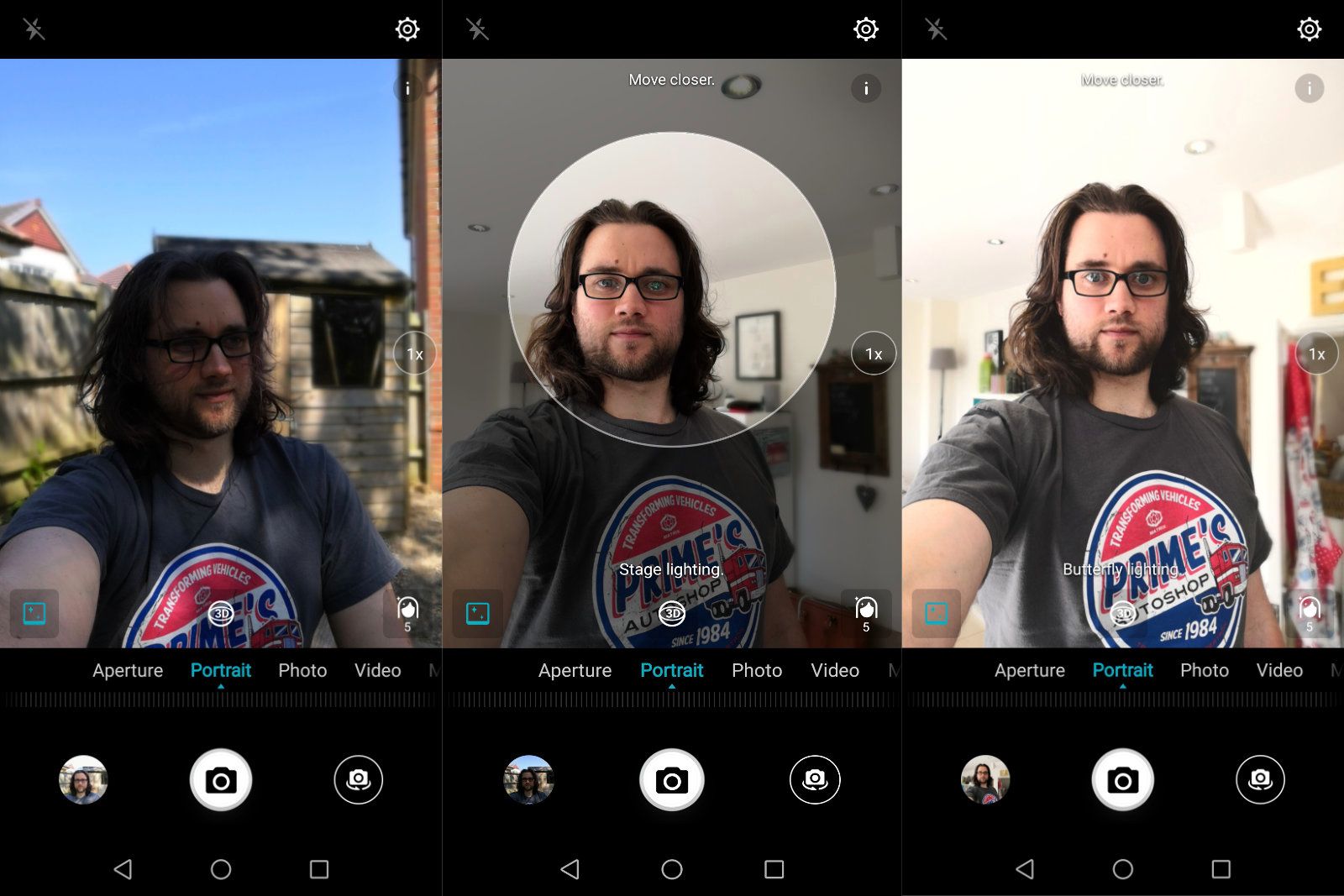
That might sound a little complex, but it's easy to use: the camera focuses on the subject's face quickly thanks to phase-detection autofocus; blurred background Bokeh can be enabled or disengaged by the click of a button (as can Beauty mode, which blurs facial blemishes out of view); while the Lighting options (sift, butterfly, split, stage, classic) can add positional lighting or spotlights to give an even more stand-out effect.
You can even automatically take a photo when the subject smiles, using the Capture Smiles feature within the settings.
Monochrome mode
- True black and white sensor for crisp B&W results
- Also offers Portrait and Aperture modes
One feature the Honor 10 has that no other camera phones in the UK (except Huawei) can offer is a true monochrome format. Now, you might be thinking "but why shoot black and white, when I can convert it from colour anyway?"
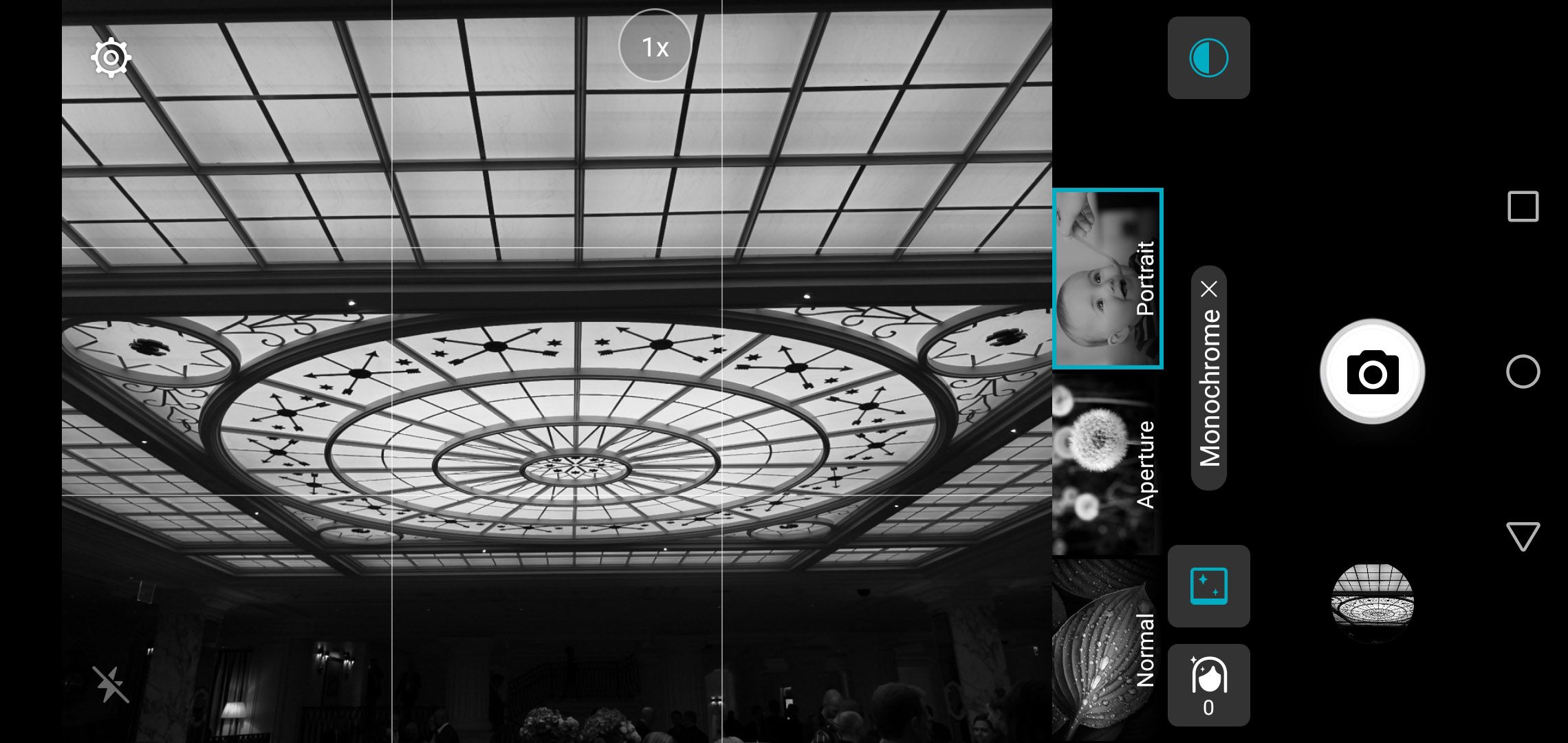
The reason is a more technical one: because a monochrome sensor has no filter over the top to discern the colour to apply to each pixel of the image, it can receive a cleaner signal, which gives sharper results and a wider dynamic range for great tonal separation between true black and true white.
If you fancy dabbling in 24-megapixel monochrome shooting then the mode is available in the More section of the Camera app. It's also possible to select Aperture and Portrait additions within Monochrome, should you wish to apply the intelligence of such modes too.
Pro shooting for when you need it
- Metering, ISO sensitivity, shutter speed, exposure compensation, focus type and white balance controls
All of this automation, artificial intelligence and wide feature set is great to have for ease of use. But the Honor 10 doesn't back down when it comes to more experienced snappers: there's a Pro mode that provides full manual control.
Some of that can be exceptionally useful. Set the shutter speed to 30 seconds and the ISO to 50, for example, and a perfectly stable camera shot of a night scene will bring out details and blurry subject movement (like light trails or smoothed running water) that wouldn't be possible in a point-and-shoot format.
Great video, too
- 4K UHD capture at 30fps
- Slow-Mo at 120fps
Affordable phones don't mean cutting corners when it comes to features. In addition to the top-rate photography features, the Honor 10 also squeezes in Ultra-HD 4K video capture.
Settings include Object Tracking to keep focus on the subject at hand, while Stabiliser softens out the worst hand-shake for smoother, steadier results.
That's not all. Slow-Mo is also available, which captures at 120 frames per second for quarter-time slow-motion in super smooth quality.

